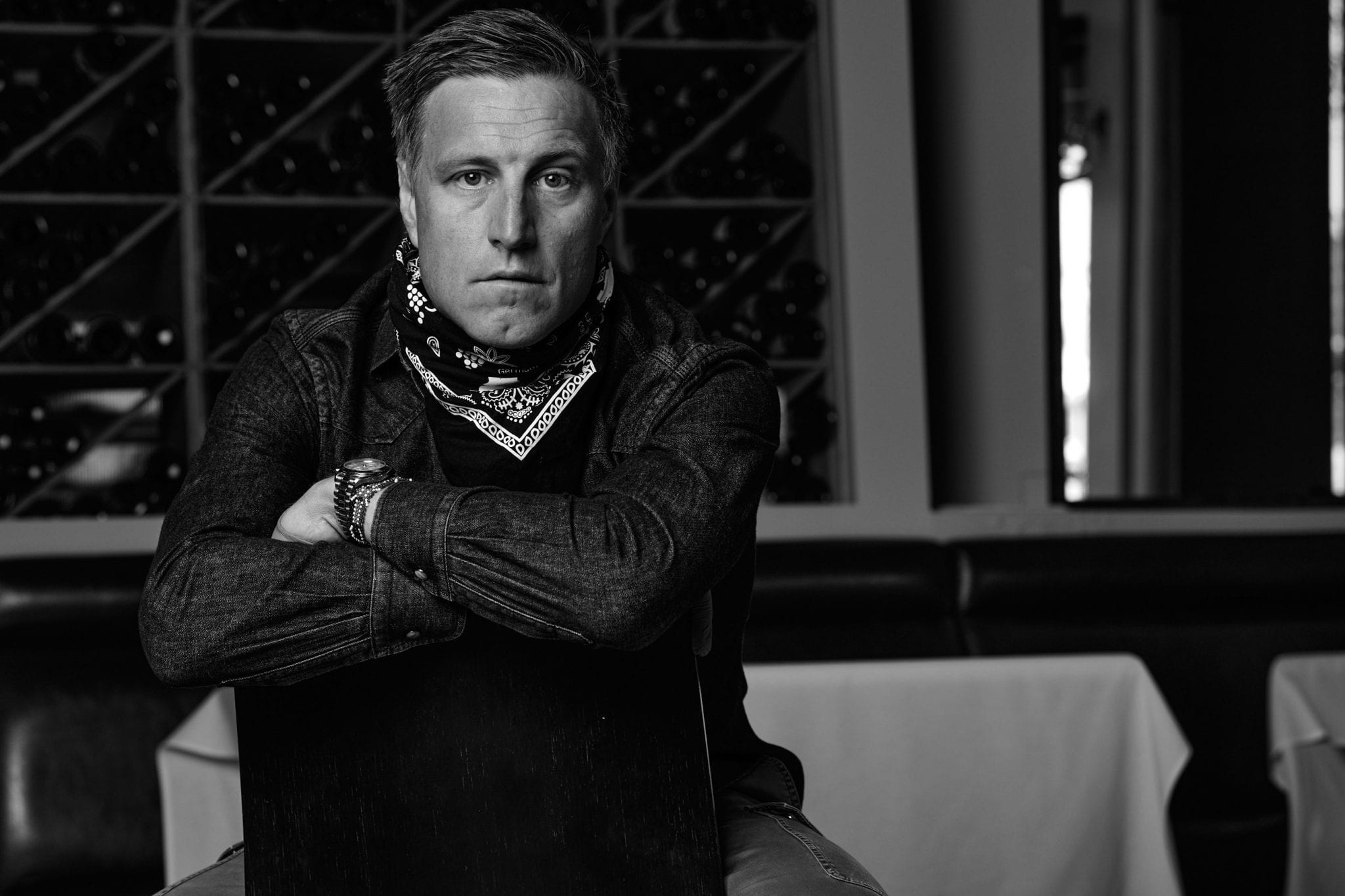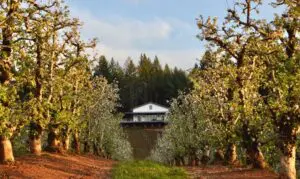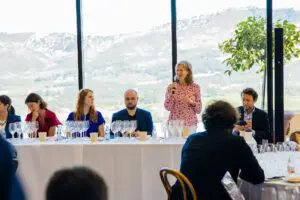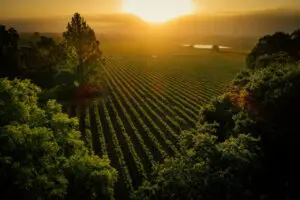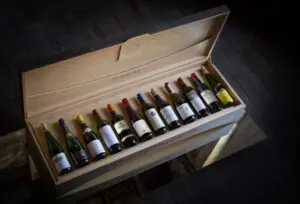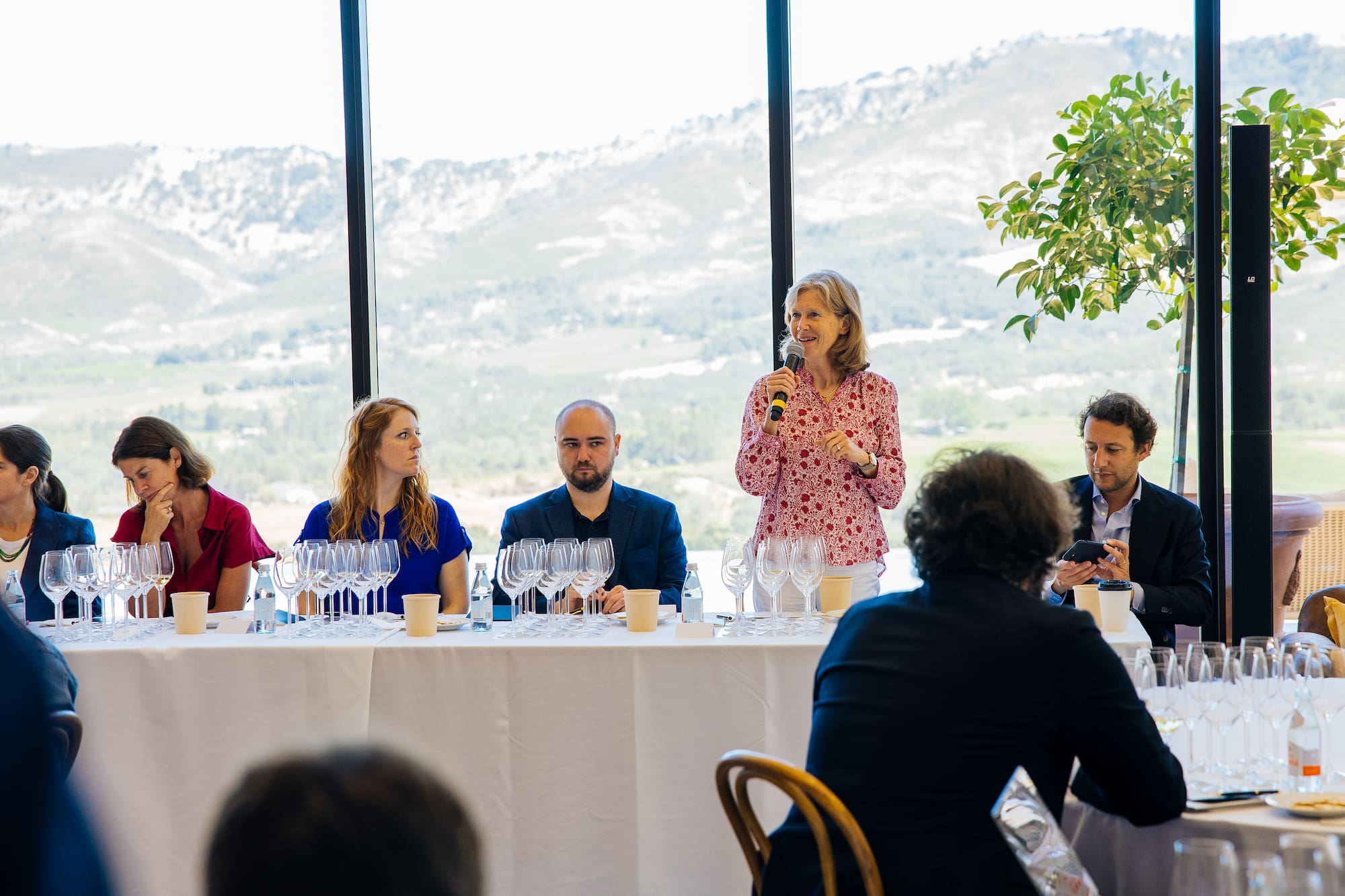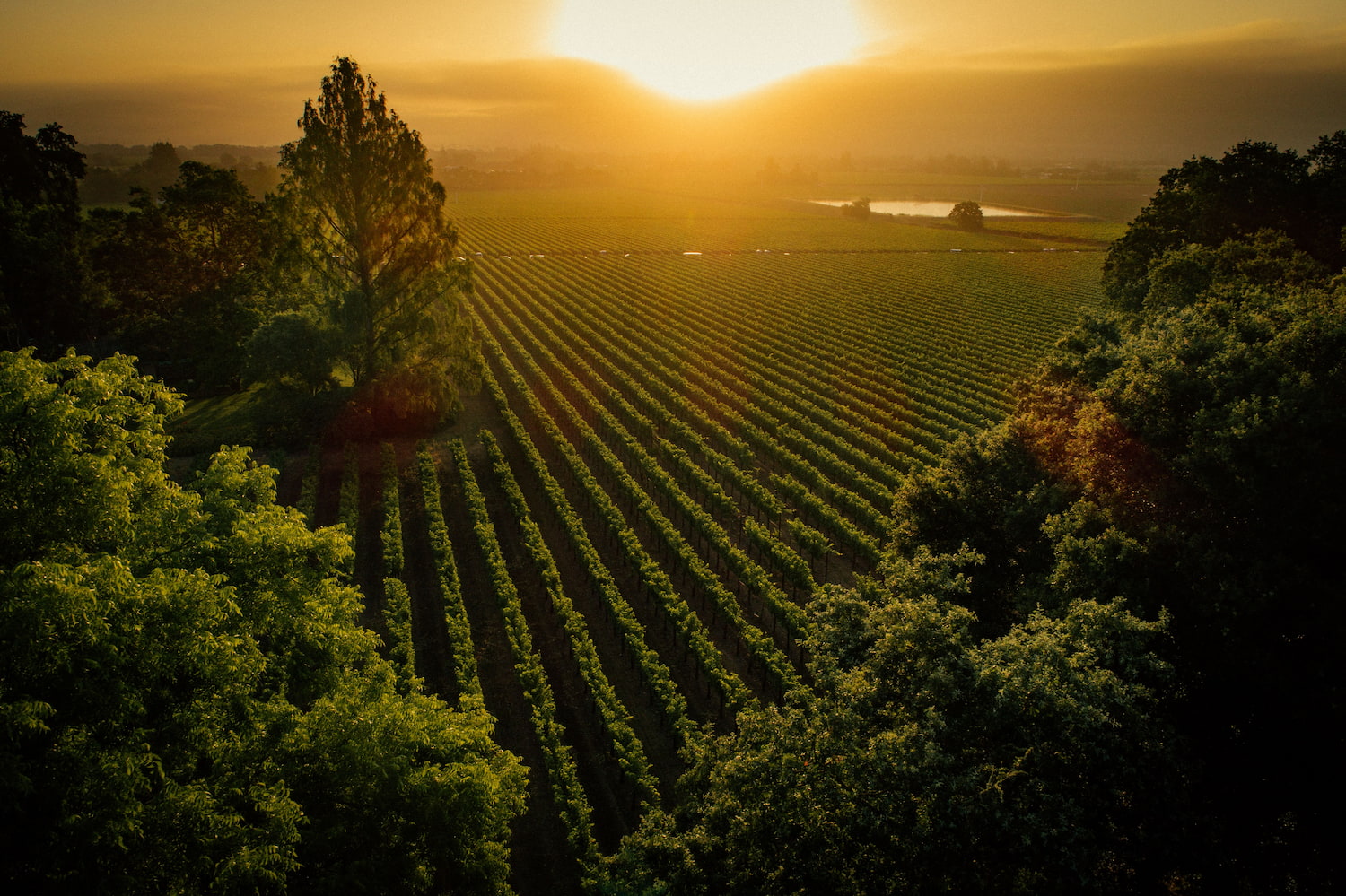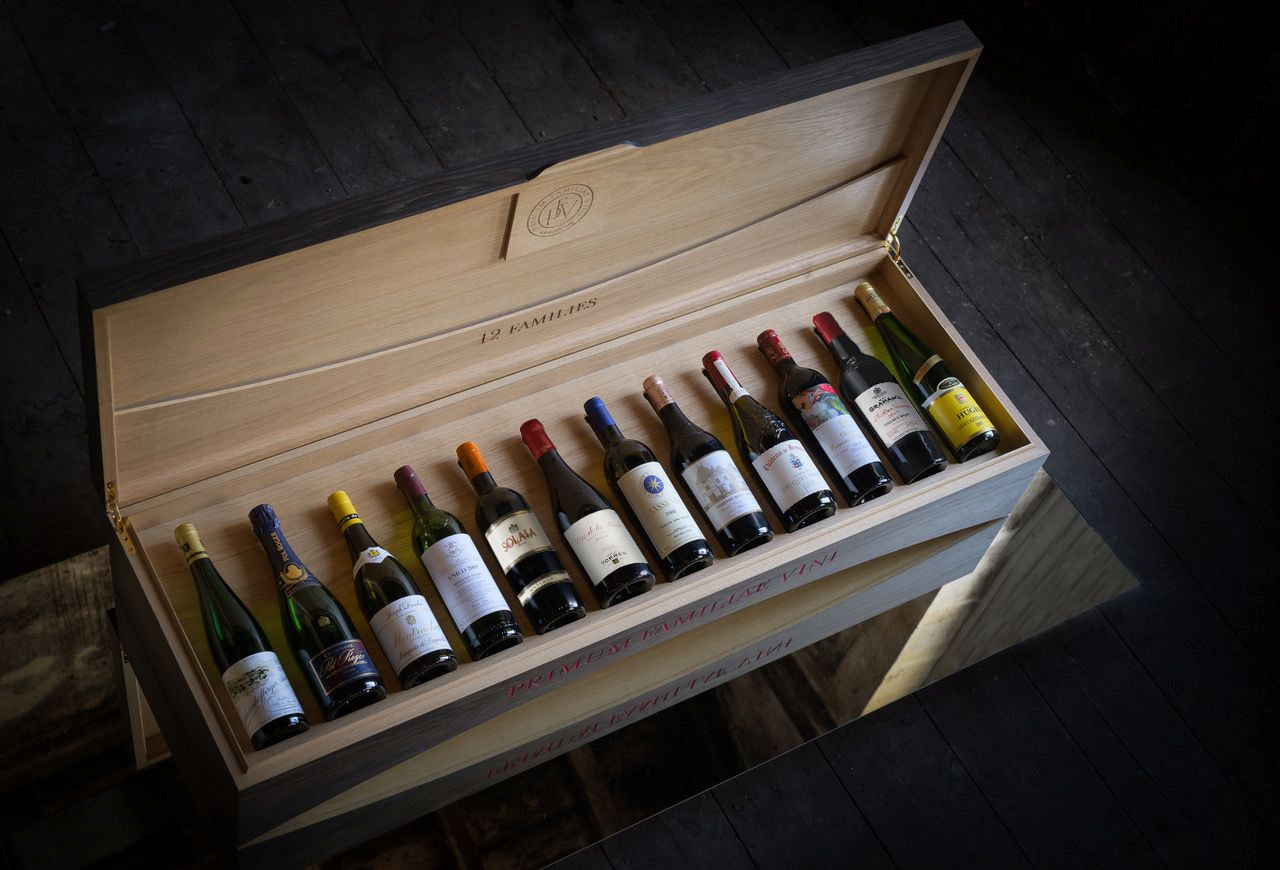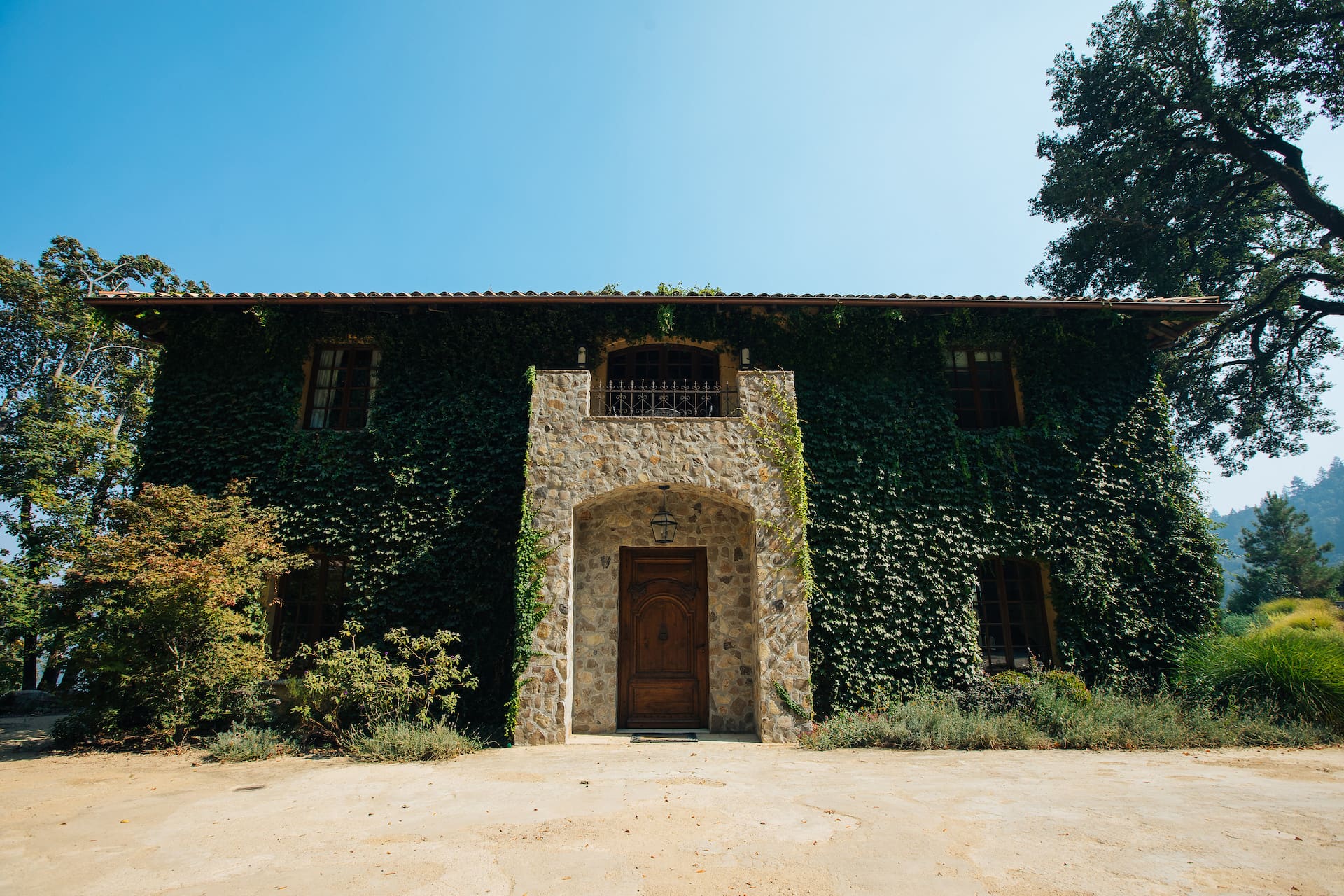The spectrum of stimulants that send wine professionals down their chosen path is about as wide as the palate of wine itself. Some are raised in the world of wine and some have a revelatory moment when a certain varietal hits their lips, while others simply enjoy it and just want to learn more.
But all wine professionals are tasked with providing service to guests at some point in their career, and few do hospitality like Master Sommelier Bobby Stuckey.
Not only does Bobby have a James Beard Foundation Award for Outstanding Wine Service to prove it, he’s doing it six days a week in any one of his Colorado restaurants, which range from special occasion fine-dining (Frasca Food and Wine) to pizza joints (Pizzeria Locale). And all have wine at the forefront of customer experience.
“Being a wine professional should never be about your brand,” Bobby said in an interview at Tavernetta, a la dolce vita style Italian eatery next to Denver’s Union Station opened by he and business partner, chef Lachlan Mackinnon-Patterson in 2017.
“It’s about inclusivity, making the guests feel great and doing the work so you understand how to take care of your guests.”

Bobby’s famous for his hyper focus on the guest experience from the second someone enters one of his restaurants to sometimes well after they’ve left.
When asked when the last time he ran after a customer who’d perceived anything but a fantastic experience, his answer was easy: “Yesterday.”
“I didn’t actually run after her,” he said. “I had to call her.”
It was a complaint regarding table clearance, and after listening to the customer for about thirty minutes, the misunderstanding was cleared up.
Now that’s hospitality.
PLANTING THE FLAG
In today’s tech-driven world of connectivity, people have never had more information at their fingertips. But at the same time, the chasm between learning and doing has grown. The fact is, most people can’t just take something straight from the screen into practice.
And in the wine world, experience is everything. So how does someone like Bobby stay connected? Simple:
“I go to my restaurant and work in the restaurant,” he said. “It’s about just doing the work.”
That might not be the most exciting answer, but for aspiring sommeliers, it’s foundational. There are millions of pages filled with tasting notes, soil elements, processing techniques and tannin descriptors, but none of them are a substitute for experiencing the wines for yourself and translating that experience to the tableside.
“I just think there’s something so magical about a bag of potato chips and a bottle of Champagne.”
Bobby Stuckey
“Hospitality is about the other person,” Bobby said. “You can’t be great at taking care of people if you’re thinking about what your brand is.”
When Bobby was coming up in the hospitality industry in his native Arizona, he and his cohorts started a tasting group where they’d pool their tips at the end of the week, purchase a bottle and compare notes after hours. This is where his experiential rolodex started to take shape.
And those experiences never stop in the world of wine.
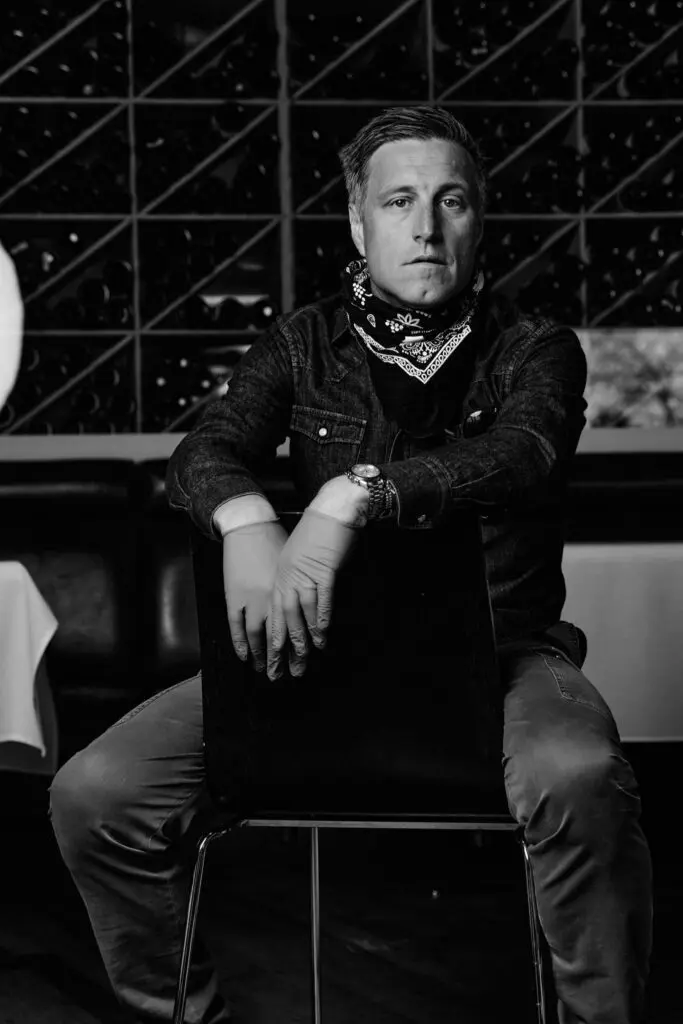
“What I wish everybody did,” he said.
“Is that every time there’s a special bottle of wine, they would write it down and the next morning they’d spend thirty minutes researching it. If you do that, a year later it’s like a huge snowball.”
Bobby makes it a point to blind taste every one of his employees who are going for their advanced exam, and he encourages tasting groups among all of his nearly two hundred employees so they can speak from experience when going about their work on the restaurant floor.
BUILDING LADDERS
Curating a wine list, whether it’s for an afternoon picnic with friends or a new restaurant opening, can be a daunting task. If you’re stuck in the wine shop staring blankly at label after label, Bobby says the correct answers lie not with your own panicked thoughts, but rather the palates whom you’re entertaining and the context in which you’re entertaining them.
“The wine list should not be about the sommelier,” he said. “It’s about the restaurant and the guests coming in.”
Building a list is similar to building a home, and the goal is the same: make people comfortable.
Can you offer a $400 bottle? Of course. But, Bobby says, make sure you also offer bottles at $60, $80, $120 and $200. For those not opening a restaurant, the same formula can apply in your price range at Christmas or your next wine get together.
“A bottle of Barolo in the fall; Let’s not ever give that up out of the repertoire.”
Bobby Stuckey
Fine wine lovers can use this idea to introduce others to their passion and help eliminate the stigma that comes along with it.
“We got into this point of saying ‘If you’re drinking expensive wine, you’re an elitist snob,’ instead of saying wait, everyone’s allowed to have their thing they save up for,” he said.
And instead of panicking at the wine shop when confronted with an ocean of labels, Bobby says we shouldn’t be afraid to lean on the experts.
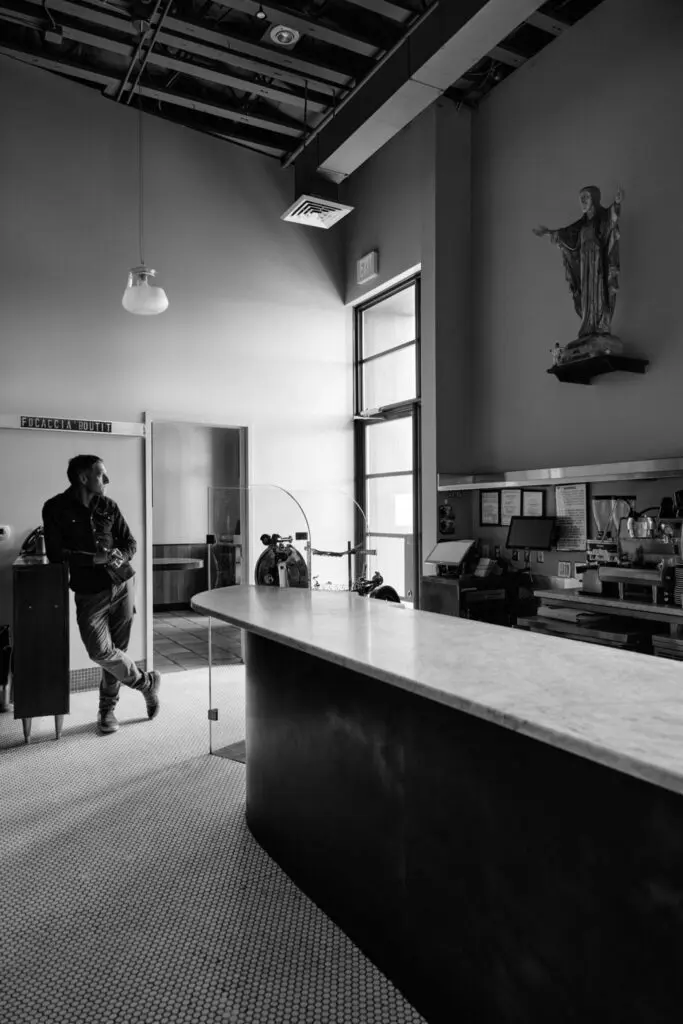
“I look at it like going into a record store,” he said.
“When we go into a wine shop or look at a big wine list, we freak out. No one’s going to freak out if you go in and say you’re a huge Billie Eilish fan, what else should I try?”
When you have an idea of what you or, more importantly, your guests enjoy, share it with the wine pro and they’ll point you in the right direction.
Perhaps most importantly? “Let’s just relax,” Bobby said.
It’s just wine.
A former newspaper reporter gone corporate, Evan's passion for premium content and wine found a perfect home with Monarch. He leads the content team and is always looking for great stories to showcase. Making his home in Denver, Colorado, Evan spends his time outside of work camping, hiking and skiing, pairing these outdoor adventures with fine wines from all over the world.
